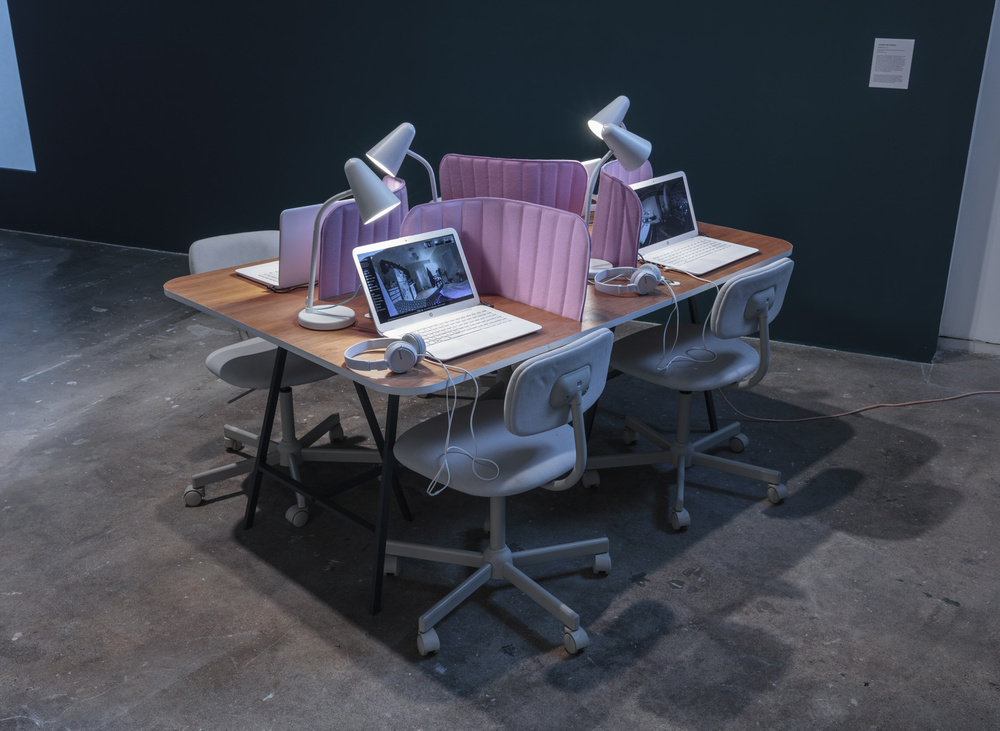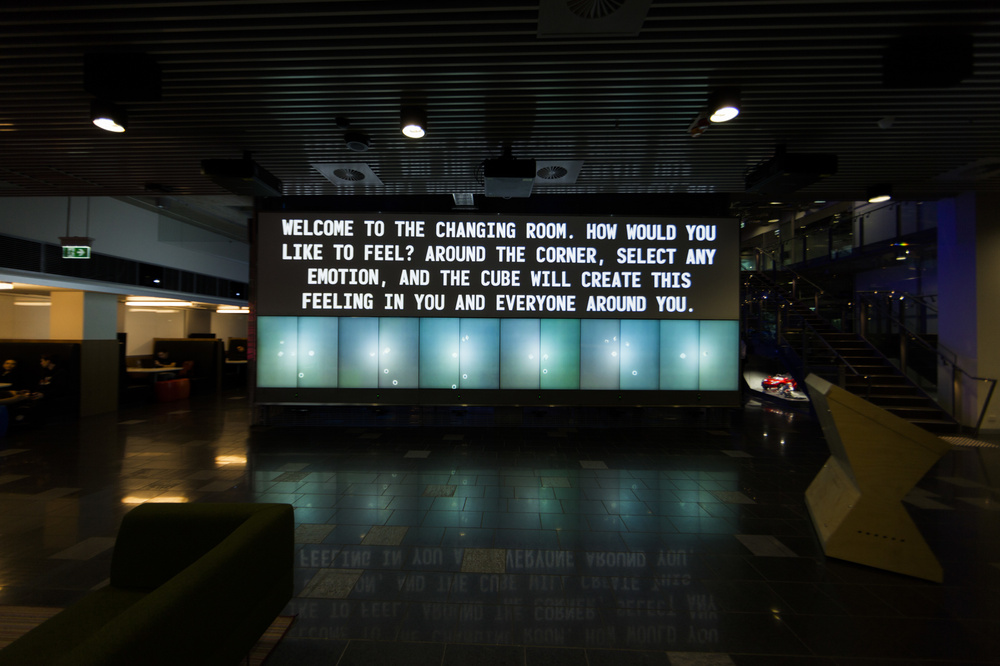McCarthy is an artist who often works with themes relating to surveillance, automation, and algorithms. I had no clue if her projects were meant to be taken seriously or not. But after delving into her stuff, I think that’s the whole schtick. The vague nature surrounding whether one of her creations is a joke or not leads to conversations about what the implications of the product/service/system would entail, what ethical dilemmas they brings up, how humans relate to technology and where we should stand in relation to it.
In a presentation I watched, McCarthy mentions she does what she does in order for people to try out this up and coming technology and be able to decide for themselves if they want to be involved with it or not.
SOMEONE is a smart home installation that uses real people in the stead of AI. This blurs the lines of AI and human-human interaction. Reliance on others for private matter within one’s own home is control entirely different than what was possible in the past. The idea that conversations could be overheard, and I would be seen by complete strangers would be so distracting to me. That feeling of always being watched but not knowing if I am or not, like in a Panopticon, I think would make me feel on edge and unable to be myself. However, it is interesting to wonder how knowing “someone” is there to help you and assist you whenever you need them will affect how you operate in your own private life. The only way I see this as better than AI smart home devices is that level of human interaction and dependency, but only a little. It definitely makes me think of increasing reliance on others and technology in daily life.
Social Turkers employs “real-time feedback on our social interactions.” I feel it makes this persons life turn into a sort of simulator for people contributing to the event. The distance from the people on the date (created from the camera and computers needed) loses the sense of reality and recognition that these are real people in a real social interaction rather than a simulation or act. It is interesting as an experiment in seeing how others interpret and respond to dating senarios/situations. I don’t think it’s a good way of going about these situations because it’s ingenuine, but as a way to make people think about how they act and why as compared to how others would act and why it is very clever.
The Changing Room is a performance and software installation that allows visitors to choose how they want to feel and adapts the surroundings to fit that mood (down to how the other participants act). This seems to really make people aware of what factors of the surrounding atmosphere play into your mood. I thought it would be forceful if the participants were told how to act, possibly making some of their emotions not wholehearted and maybe even impacting their delivery in regards to the supposed atmosphere being created.








